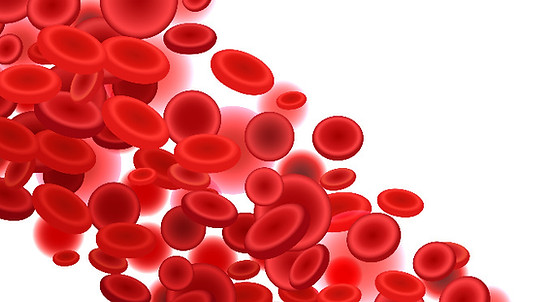
Bone Marrow Aspiration & Trephine Procedure
It is a necessary procedure for making an accurate diagnosis by evaluating the blood-producing factory. This process includes obtaining a marrow sample and a small piece of bone (trephine). It will be performed in a ward setting using local anesthesia, mild sedation, and intravenous pain relief.

Bone Marrow Aspiration & Trephine
The procedure involves using a specialized bone marrow needle to access a specific area in the upper buttock region (posterior iliac crest). The ideal position is to lie on your side with both knees bent. For children, the procedure is performed on the sternum.
Flow cytometry
A specialized test that examines the phenotype (physical characteristics) of abnormal cells. Different cancer cells exhibit various phenotypes, allowing hematologists to diagnose and classify diseases while evaluating them both quantitatively and qualitatively. Flow cytometry is also utilized as a monitoring tool to assess treatment responses.

Cytogenetic
Humans have 46 chromosomes, with 23 inherited from the mother and 23 from the father. Consistent chromosomal abnormalities are observed in leukemias and myelomas, and these abnormalities carry prognostic implications for the disease.
Molecular Studies
Molecular techniques used in hematology are Polymerase chain reaction (PCR), Karyotype analysis, Fluorescence in situ hybridization (FISH), and Next-generation sequencing (NGS). This allow a more comprehensive studies of blood cancer cells.



